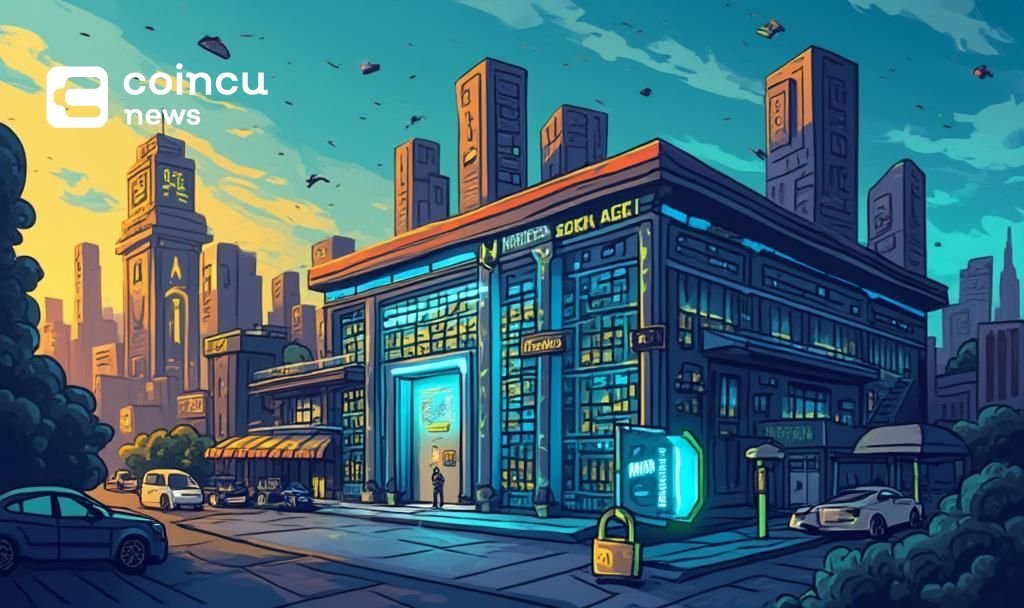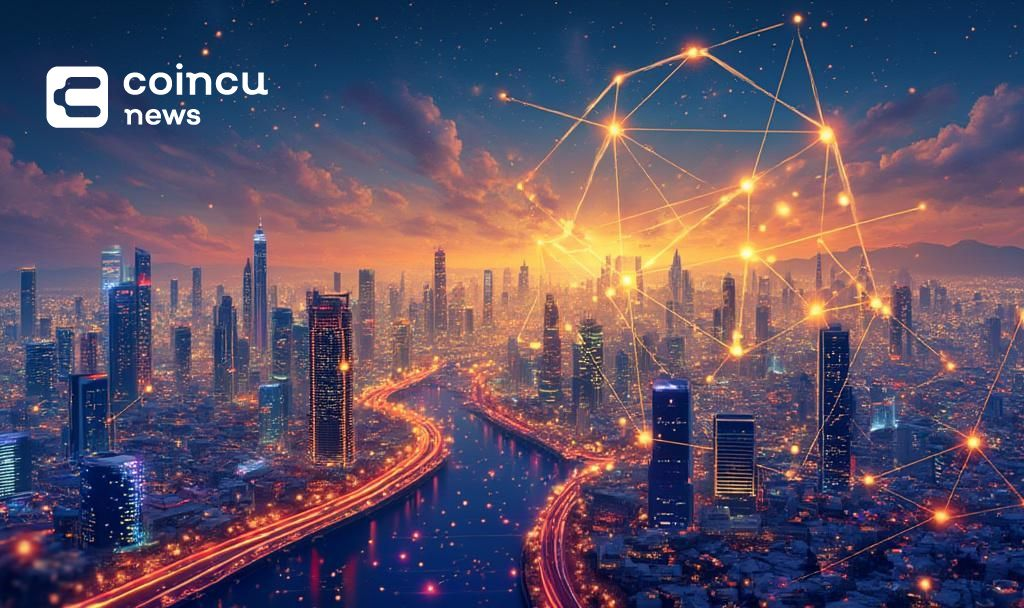$108366.74
At CoinCu News, we give both basic and in-depth articles on the latest news in the cryptocurrency and blockchain sectors.
John Kojo Kumi is a cryptocurrency researcher and writer specializing in emerging startups, tokenomics, and market dynamics within the blockchain ecosystem. With years of experience in crypto journalism and blockchain research, he provides in-depth coverage of decentralized finance (DeFi), NFTs, and Web3 innovations.
He holds a Bachelor of Arts in Geography and Rural Development from Kwame Nkrumah University of Science and Technology, Kumasi, bringing a multidisciplinary perspective to the evolving digital asset space. As a Crypto News Writer, he tracks and reports on industry trends, while his role as a Registrar at the Commission on Human Rights and Administrative Justice reflects his commitment to governance and transparency.
His expertise spans content strategy, SEO optimization, and technical research, enabling him to craft insightful, data-driven analyses. Passionate about blockchain’s transformative potential, he strives to equip readers with the knowledge to navigate the complexities of digital assets and decentralized technologies.
News
Iran’s Nobitex Gradually Reopens Wallets After Cyberattack
Nobitex begins phased wallet access after a $100M cyberattack; identity verification required.
Jun
Quarter of South Koreans Aged 20-50 Invest In Crypto
Over a quarter of South Koreans aged 20 to 50 now hold digital assets.
Jun
Hong Kong Initiates Stablecoin Regulatory Framework to Boost Financial Efficiency
Hong Kong launches stablecoin rules to enhance financial transactions and speed, emphasizing efficient economic development.
Jun
Trump Family’s Crypto Stablecoin USD1 Hits $1.25 Billion Volume
USD1 stablecoin, linked to Trump family, records $1.25 billion volume, ranking third in stablecoins.
Jun
Trump-Linked Stablecoin USD1 Surpasses $1.25 Billion Trading Volume
Trump-backed USD1 stablecoin reports a $1.25 billion 24-hour trading volume, ranking third globally, stirring market
Jun
Robinhood to Announce European Blockchain Trading Expansion
Robinhood set to reveal European crypto trading plans leveraging blockchain technology on June 30.
Jun
Yuxin Technology Targets Stablecoin Market with Strategic Moves
Yuxin Technology aligns with global strategies, engaging in stablecoin sector initiatives and RWA tokenization efforts
Jun
Stablecoin Adoption Surpasses Traditional Card Networks Globally
Alchemy reports stablecoin adoption now exceeds traditional card networks, impacting global payments and DeFi ecosystems.
Jun
Trump Approval Dropped Amid Political Unrest, Markets Unmoved
Trump's approval hits historic lows amid political tension; crypto markets show limited reaction.
Jun
[tptn_list how_old="7" limit="5" title_length="0" heading="0" show_date="0" ]
[tptn_list how_old="30" limit="5" title_length="0" heading="0" show_date="0" ]





















